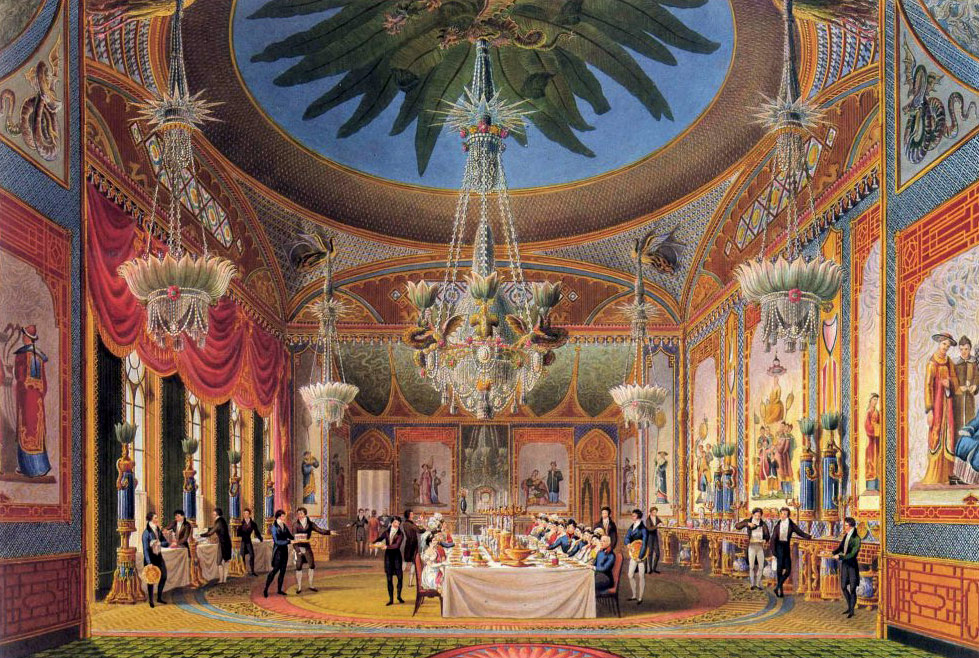We decorated this modern Dallas house using a midcentury style, with burnt oranges, earth tones, and simple shapes.
When I’m working with clients who have recently purchased a home, they often ask me: “What’s the right style for this house’s architecture?” This is an especially common concern among people moving into a historic house. No matter how beautiful your furnishings and art collection are, your home won’t come together if your decorating clashes with the ‘bones’ of the house.
For example, an industrial loft with exposed brick will look strange decorated with all European antiques. A colonial home should use a traditional style as opposed to something trendy, like Scandinavian minimalism. In this guide, I’ll discuss the most appropriate interior design styles for four types of home architecture I see often in Dallas: Modern, English, French, and Italian.
Modern Homes
Modern homes can be seen in Highland Park, University Park, and Lower Greenville. This style of house, which is inspired by Frank Lloyd Wright’s Prairie School architecture, typically has a flat (or sometimes gabled) roof.
Here you can see an exterior photo of the Dallas modern home featured above.
In a modern home, function comes before form: there is very little ornamentation and few decorative objects, save for some modern art to add sophistication. If you live in a modern home, you’ll need to decorate in either a modern, contemporary, or transitional style. All three of these styles tend to have a neutral color scheme, such as white, gray, tan or cream, with some brown or black accents.
If you do want to include a few antiques, I recommend multicultural works of art. Midcentury modern artists drew inspiration from other cultures (think of Pablo Picasso and his “African Period” of art). This is perhaps why Indian, East Asian, or African art will look natural in a modern setting while European antiques do not.
English, French, or Italian Homes
When you own a home with an English, French, or Italian architectural style, the safest course is to make your interior design consistent with the architecture. Depending on what type of home you have, however, you do have some leeway to incorporate pieces that are in a different style.
The dining room in this University Park English cottage has Chippendale chairs with elaborately carved chair backs.
For example, if I were designing an English home, I would make sure that at least eighty-five percent of the furnishings, fabrics, and accessories were English in style. Chippendale furniture is a very popular choice for today’s English homes. For that other fifteen percent of the house, I might include some French pieces, such as French porcelains. American antique furniture (or reproductions) are another option because American furniture was closely based on English furniture.
The same goes for French and Italian homes. A French home should be mostly French, but can have some English pieces. If you’re looking to add variety to your Italian home, I would go with French pieces, which will blend better with the rest of the home than English pieces would.
Another thing to keep in mind is that there’s quite a bit of difference between French Classical or French Country, or between Georgian and English Cottage. If your home can be described as English Cottage or French Country, you’ll want to fill it with items that are more casual and pared down.
The traditional living room in this French chateau we designed combines elegant furnishings with a soft color palette.
For all three of these styles, you can also feel free to include a few modern pieces of artwork. In Paris, it’s a popular trend to decorate old Parisian apartments with all modern artwork and furnishings. Personally, though, I believe that modern furniture should not be used in a classical French, English, or Italian home. It might look trendy today, but it won’t stand the test of time the same way that a more traditional look would.
As an interior designer, when I work with clients who own a beautiful modern, English, French, or Italian home, I want the final result to remain mostly faithful to the architectural style. That said, when most people move into a new home, they don’t start from scratch: everyone has at least a few items they’re bringing with them. Thankfully, there are ways to incorporate heirloom furniture or prized artwork that doesn’t match the exact style of the home. The key is to identify which of your items might potentially clash with the architecture and which could blend right in.
If you recently moved into a new home and aren’t sure how to bring the best out of the architecture, consult an interior designer. Here at Chambers Interiors, we are experienced in designing and decorating homes with a wide variety of architectural styles. Call our Dallas office at 214-651-7665 or email us at info@chambersinteriors.com to learn more.

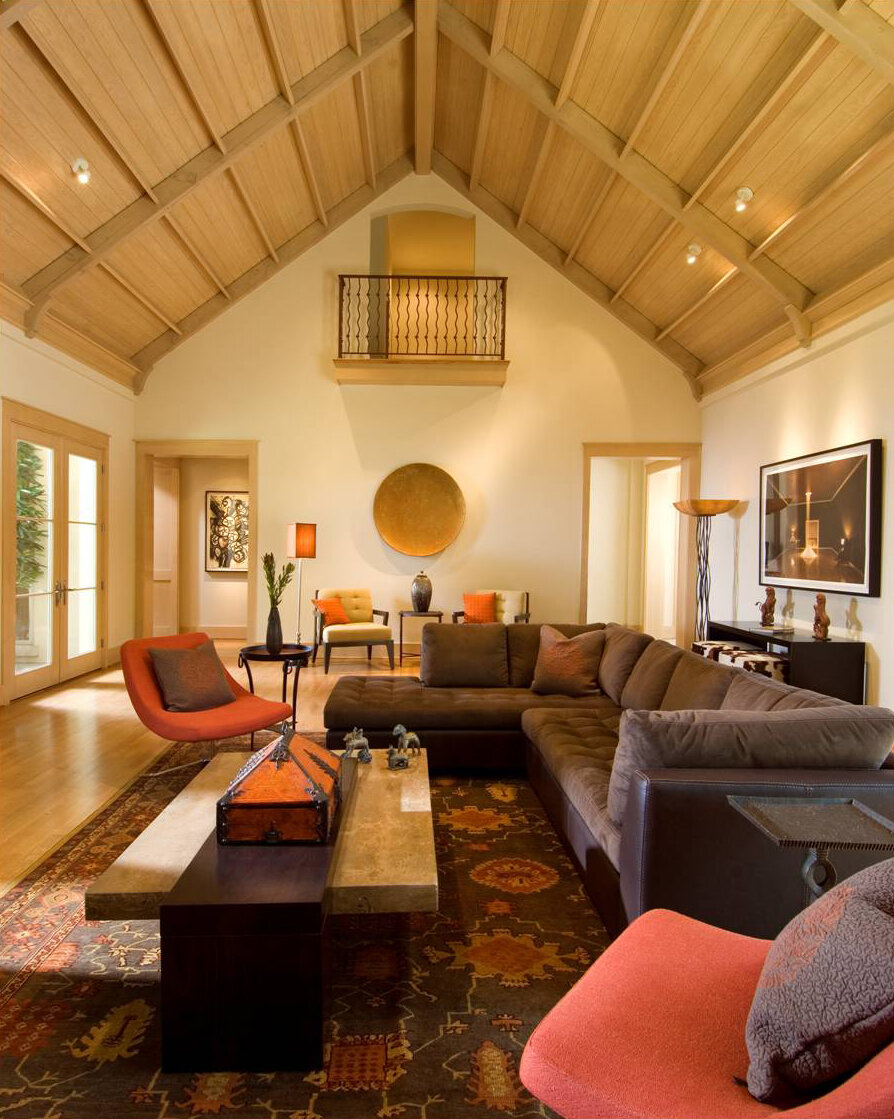

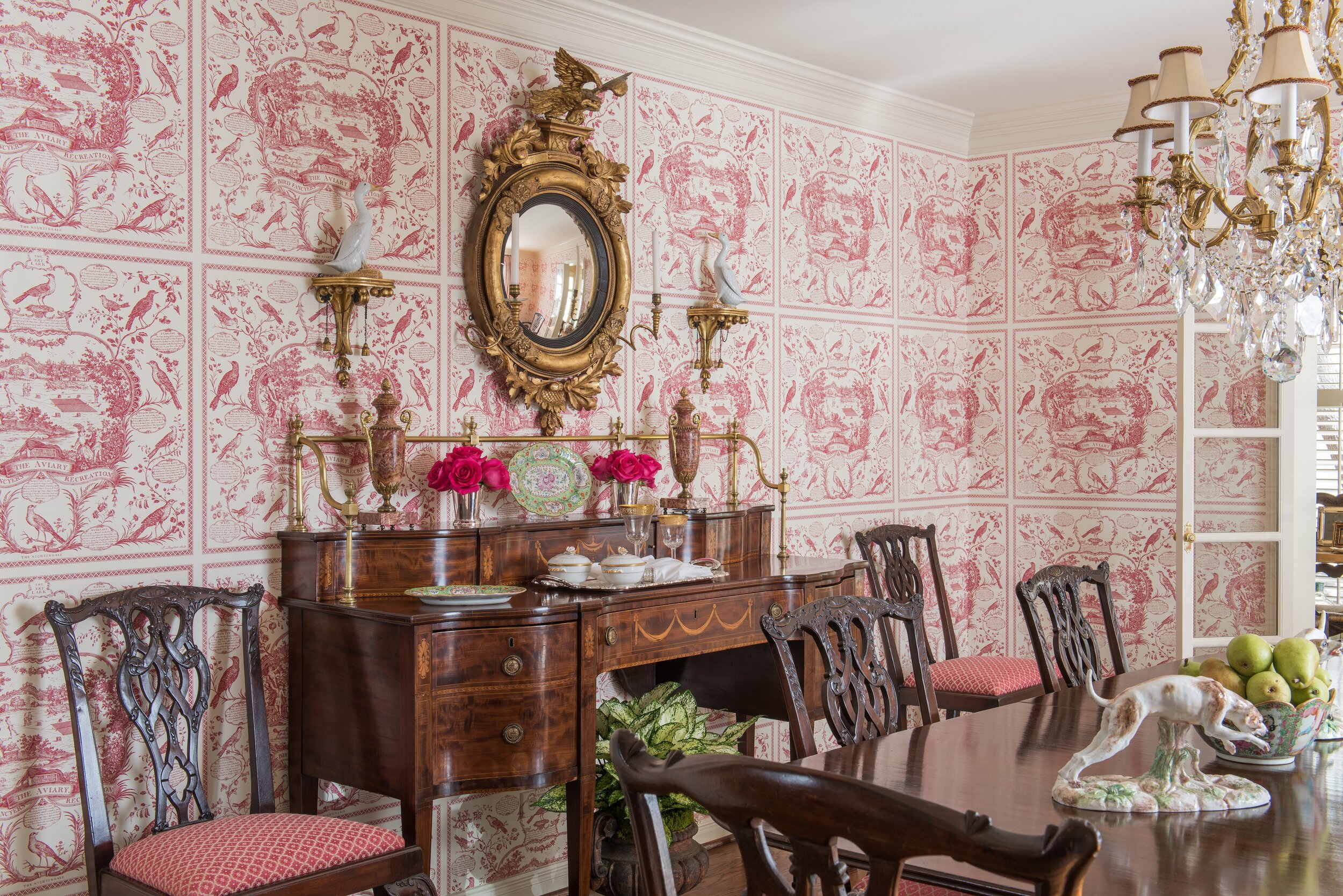
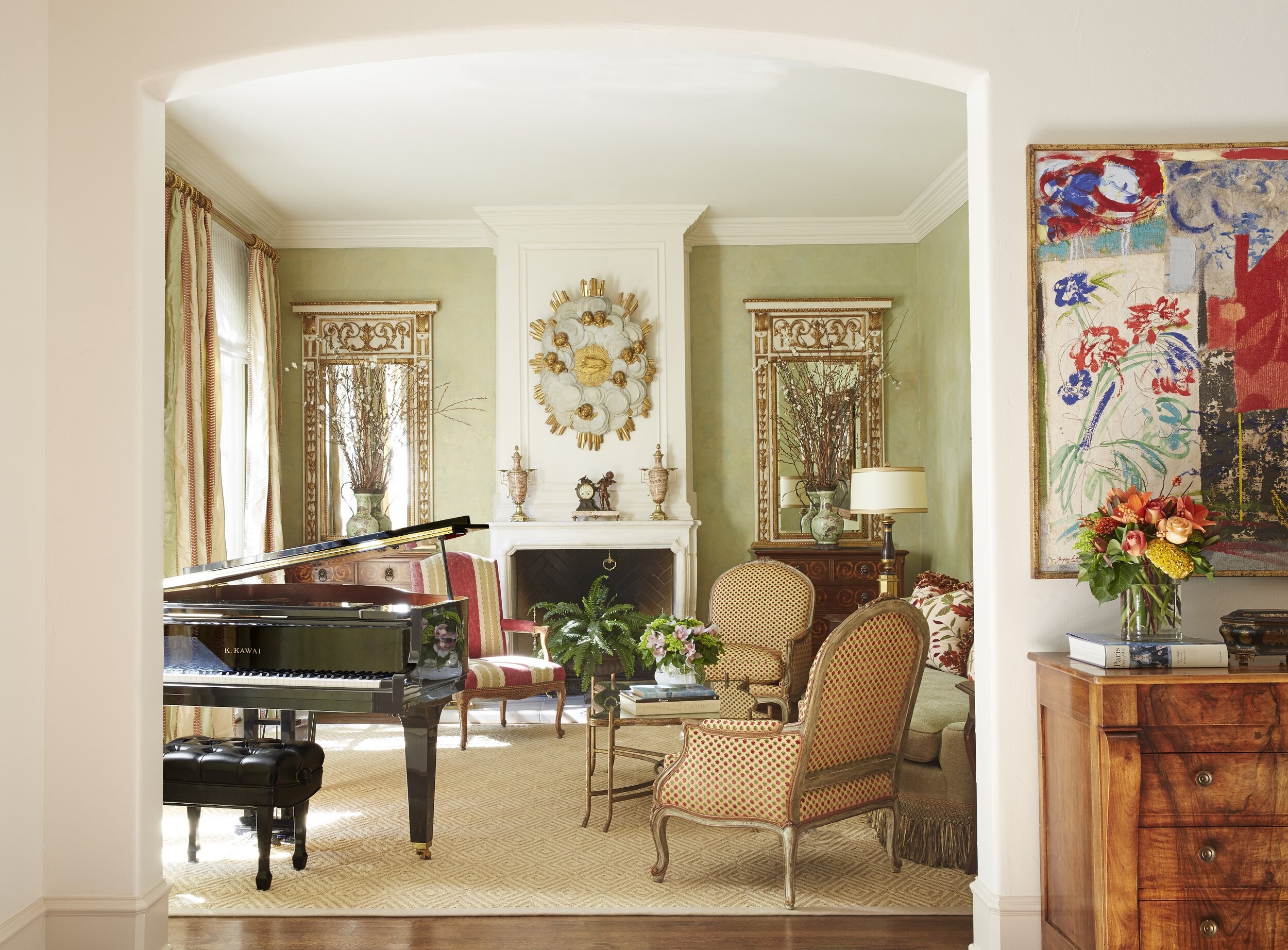

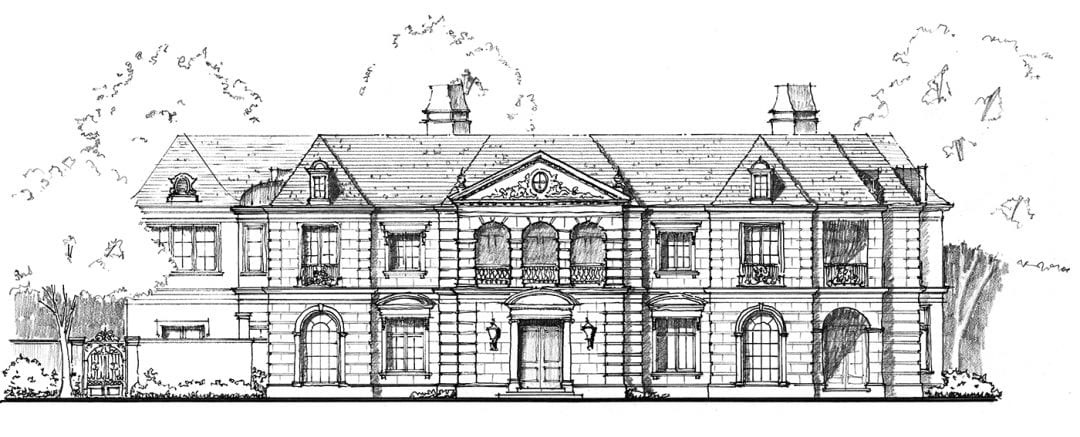








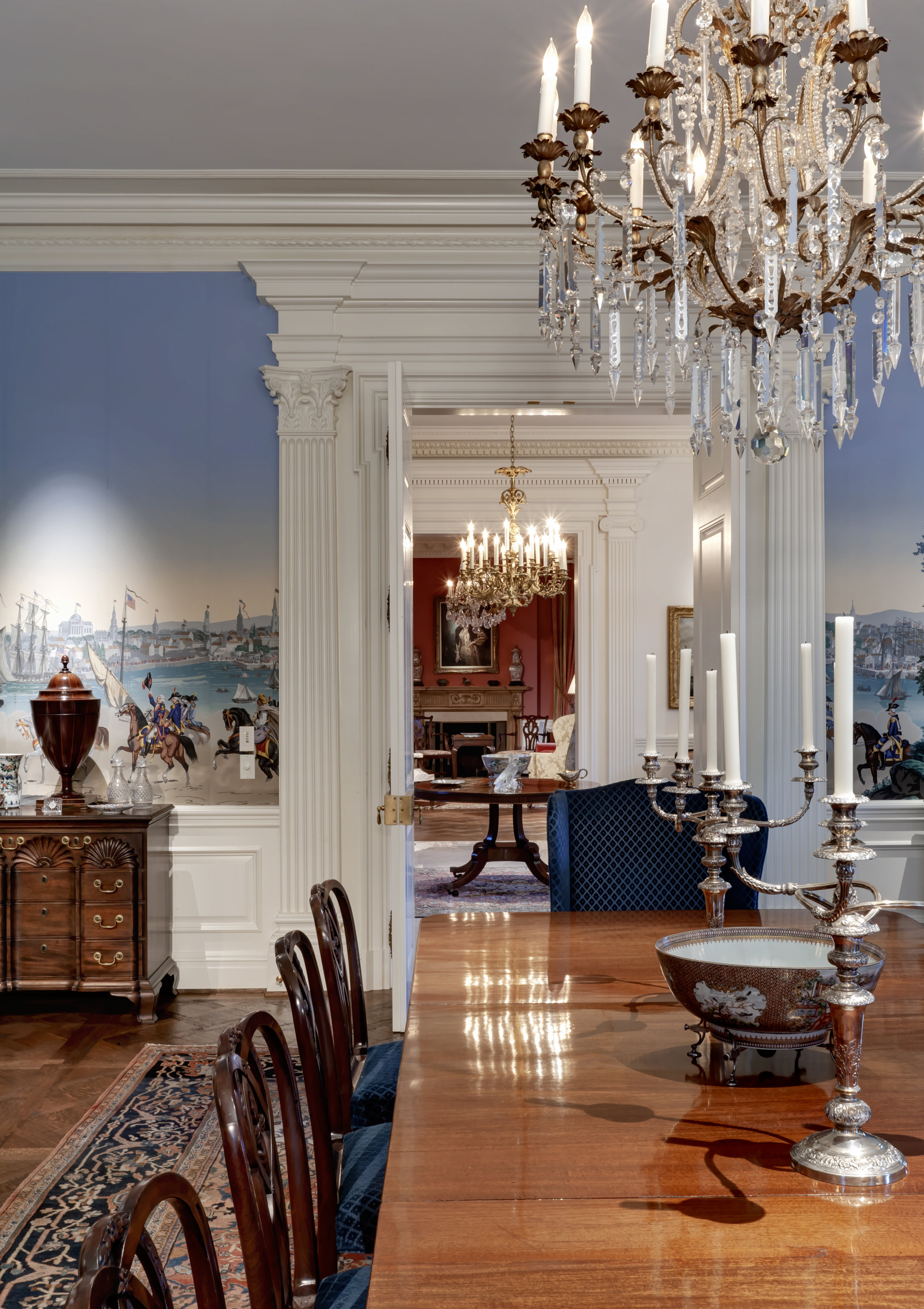



![“Portrait of George IV of England.” Painted by Thomas Lawrence in 1816. [Public domain] {{PD-US-expired}}](https://images.squarespace-cdn.com/content/v1/555cbed8e4b0c2909e97a944/1547683001307-XI8Y07IBCZ49Y9EG7WYI/Thomas+Lawrence+%5BPublic+domain%5D+%7B%7BPD-US-expired%7D%7D)


